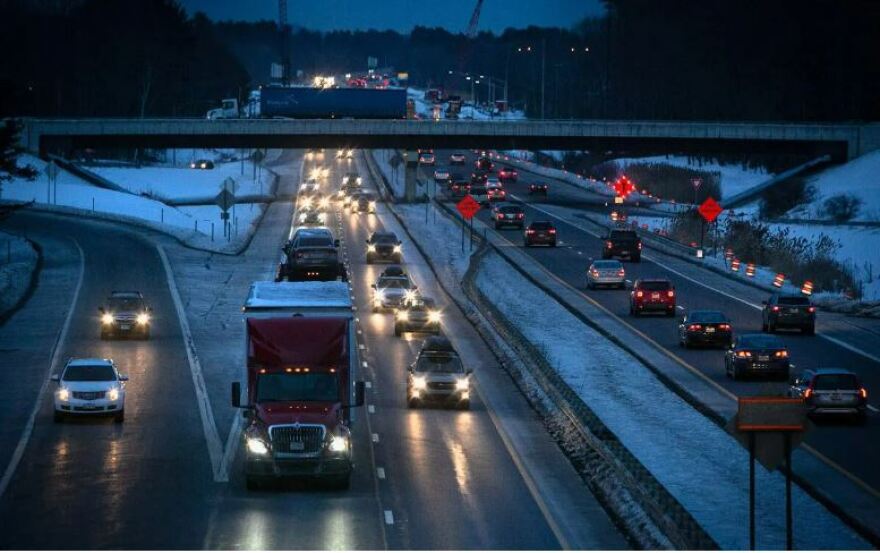The Greater Portland Council of Governments sees a newly adopted regional roadway plan as the key to reducing traffic-related fatalities and injuries by 2045.
On average, there are about 20 traffic related fatalities and 118 severe injuries a year in greater Portland, according to the council.
The plan was developed under the Vision Zero initiative, which has been adopted in other states and countries. The council voted Tuesday to adopt the plan for greater Portland, meaning that the 18 municipalities in the region can now apply for federal funds to help them redesign roadways and make other safety improvements.
Belinda Ray, director of strategic partnerships for the council, said the Portland regional plan calls for upgrades at some corridors and intersections.
"[We're] looking at intersections and maybe putting in new safety counter measures, that could be anything from raised crosswalks or better paint and bollards to separate bike lanes," she said.
The council held meetings last fall with the public to help identify the most dangerous roadways and intersections where improvements should be prioritized. They include several spots on the Portland peninsula and downtown Biddeford Saco, as well as certain locations and along Route 115 in North Windham.
"The intersections where people have a lot of concerns tend to look alike," Ray said. "They have a lot of lanes. They have mixed uses, pedestrians, bicyclists and cars. And they're places where people tend to maybe speed or run a red light, making conditions really dangerous. There's a lot of congestion in these areas, that can make it hard too.
The new plan also calls for reducing the size of fleet vehicles, expanding the use of public transit and reducing speed limits in some areas.



